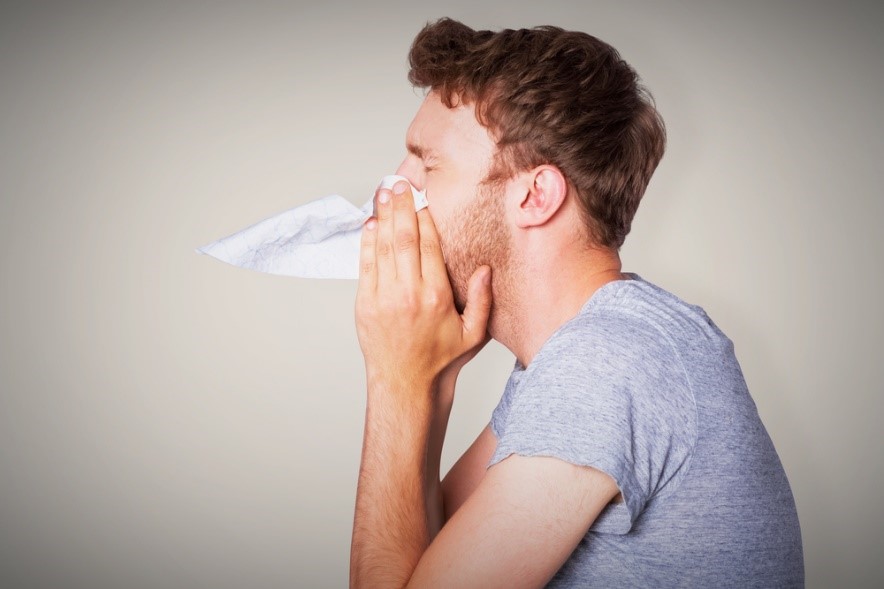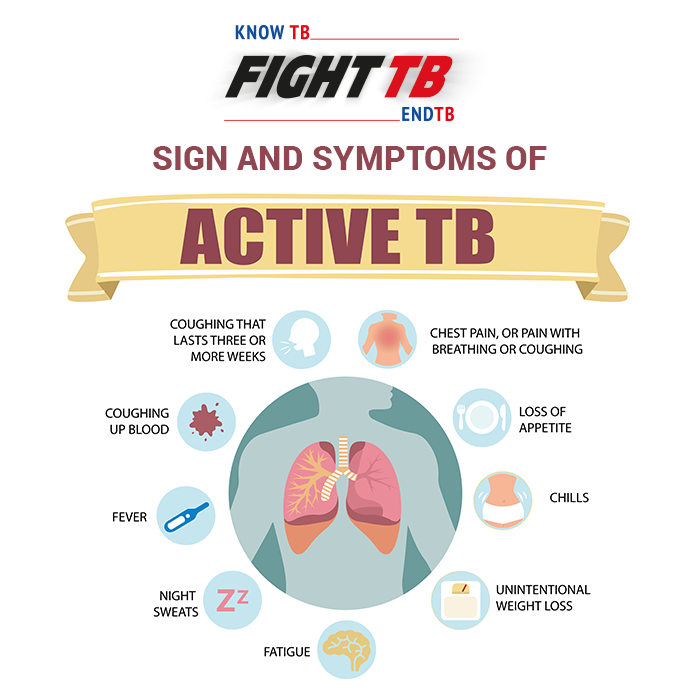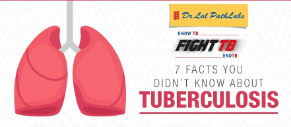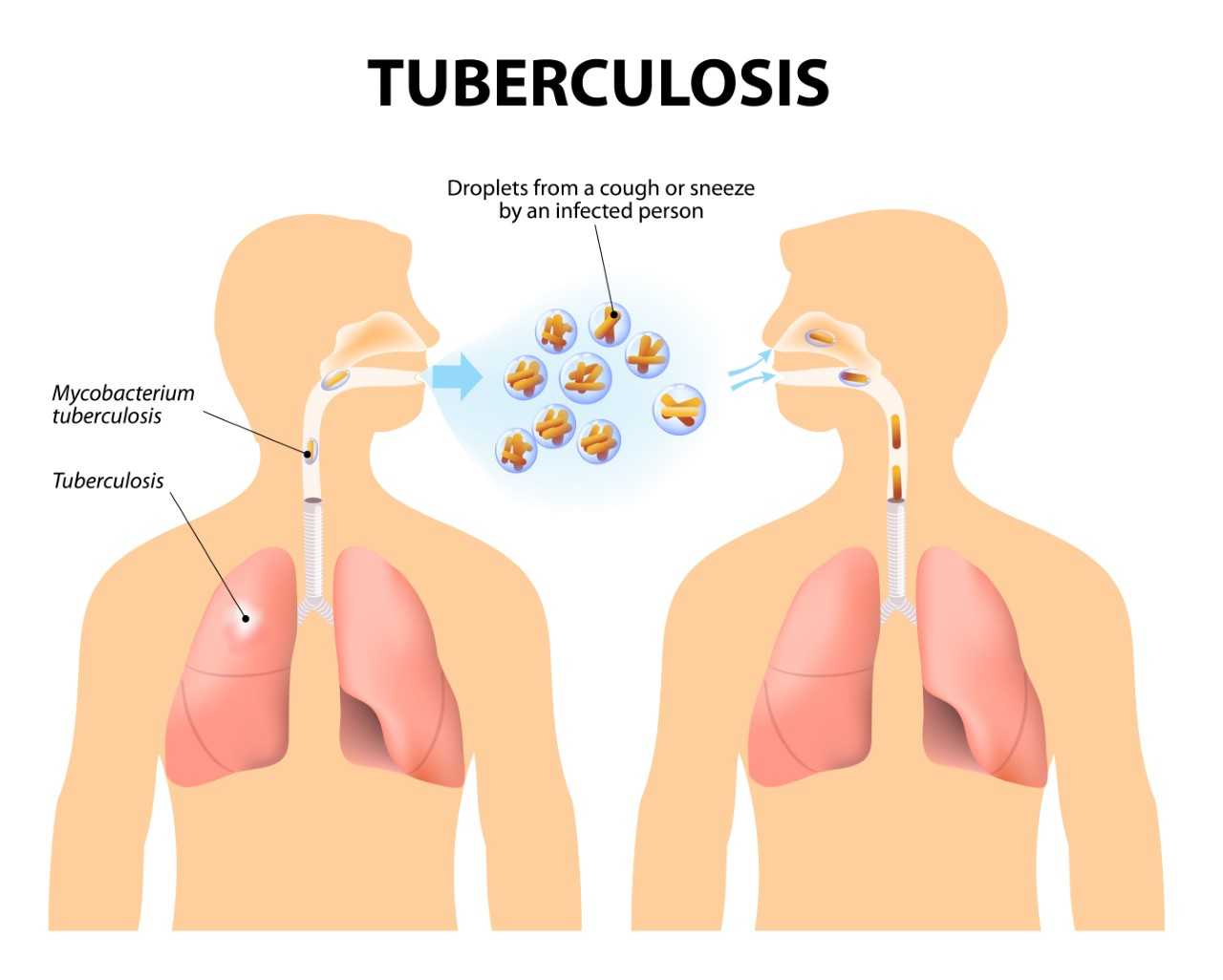Tuberculosis – Signs and Symptoms
Overview
Tuberculosis (TB) is an airborne bacterial infection that primarily affects the lungs, although it can also affect other parts of the body including the joints, bladder, spine, and brain.
Tuberculosis is a highly infectious disease and one of the leading causes of death worldwide.
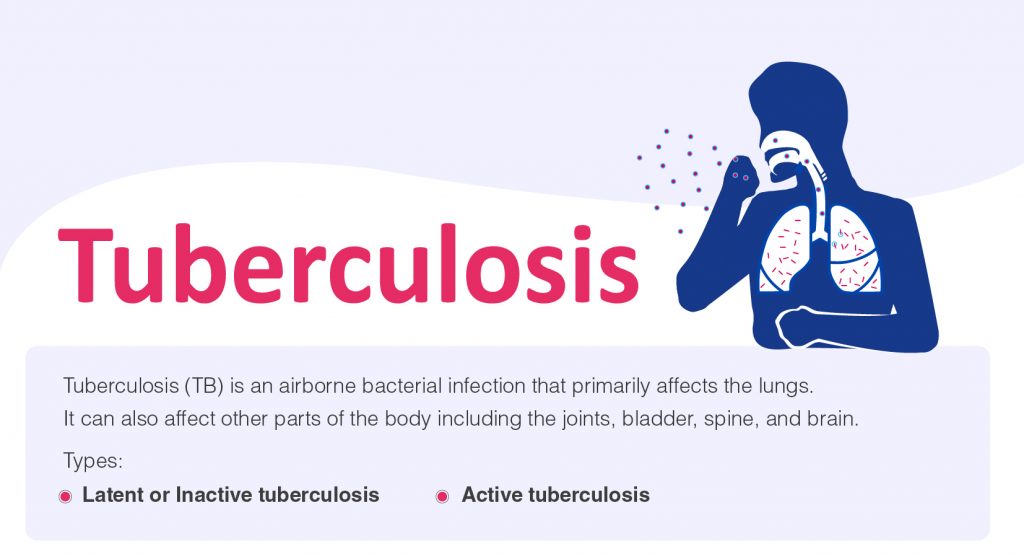
There are 2 types of tuberculosis:
- Latent or Inactive tuberculosis: In this condition, the bacteria causing tuberculosis remain in the body in an inactive state and cause no symptoms. Latent tuberculosis is not contagious.
- Active tuberculosis: In this condition, the bacteria are present in the body and cause symptoms. Active tuberculosis is contagious.
Who is at risk for Tuberculosis?
Tuberculosis has many risk factors, including:

- Tobacco use: Using tobacco highly increases the risk of tuberculosis.
- Excessive Alcohol: Intake of excessive alcohol weakens the immune system and increases the risk of tuberculosis.
- Weak immune system: Several conditions can weaken the immune system, including:
- HIV/AIDS
- Diabetes
- Severe kidney disease
- Certain cancers
- Cancer treatment, such as chemotherapy
- Drugs to treat Rheumatoid arthritis, Crohn’s disease and Psoriasis
- Medications to prevent organ transplant rejection.
- Malnutrition
- Very young or advanced age
What are the complications associated with Tuberculosis?
Tuberculosis without treatment can be fatal and can cause numerous health complications such as:
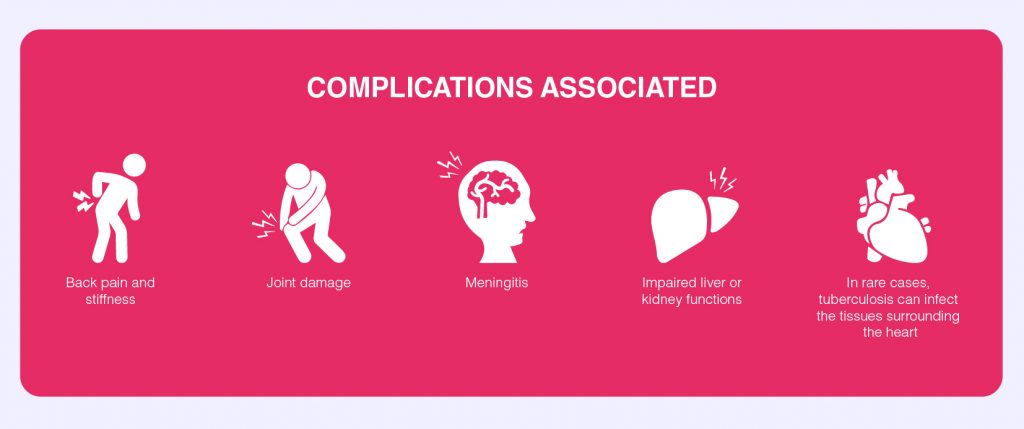
- Back pain and stiffness.
- Joint damage due to tuberculous arthritis especially in the hips and knees.
- Meningitis, due to swelling of the membranes that cover the brain.
- The liver or kidney functions are impaired if they are affected by tuberculosis.
- In rare cases, tuberculosis can infect the tissues surrounding the heart, causing inflammation and fluid collections that may interfere with the heart’s ability to pump effectively.
What are the symptoms of Tuberculosis?
The signs and symptoms of active tuberculosis in the lungs include:
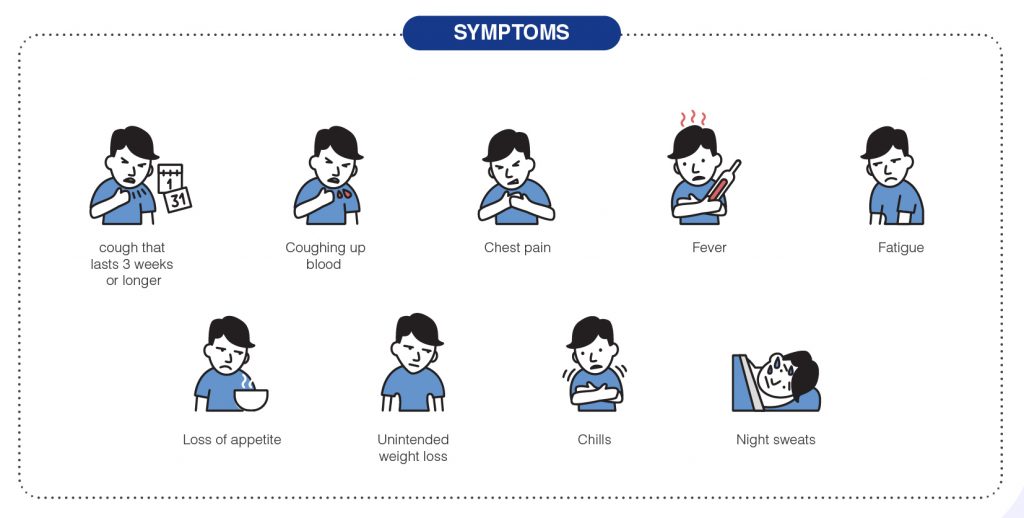
- A bad cough that lasts 3 weeks or longer
- Coughing up blood
- Chest pain
- Fever
- Fatigue
- Loss of appetite
- Unintended weight loss
- Chills
- Night sweats
Signs and symptoms vary according to the organs involved. For example, tuberculosis of the spine may cause back pain and tuberculosis in the kidneys might cause blood in the urine.
What causes Tuberculosis?
Tuberculosis is caused by bacteria called Mycobacterium tuberculosis. The bacteria spread from one person to another through microscopic droplets released into the air. A person with the untreated, active form of tuberculosis can transmit the bacteria via:

- Sneezing
- Coughing
- Speaking
- Singing
- Laughing
Can Tuberculosis be prevented?
The best way to prevent tuberculosis infection is to avoid being in close contact with a person who has active tuberculosis. People who are infected with active tuberculosis should follow the below tips:

- Stay home: Avoid stepping out during the first few weeks of treatment for active tuberculosis.
- Cover mouth: Use a tissue to cover the mouth during laughing, sneezing or coughing to keep tuberculosis particles from spreading through the air.
- Wear a mask: Wearing a surgical mask during the first few weeks of treatment may help lessen the risk of transmission.
How is Tuberculosis diagnosed?
Tuberculosis can be diagnosed with the help of the below tests:

- Skin test: The skin test is done by injecting a small amount of fluid called tuberculin into the skin in the arm. If a person has been infected with tuberculosis, a lump will form at the site of the injection. This usually means that tuberculosis germs have infected the body. It does not indicate whether a person has developed clinically active tuberculosis disease.
- Blood Test: The tuberculosis blood test measures how the immune system reacts to the germs that cause tuberculosis. It does not indicate whether a person has developed clinically active tuberculosis disease. The blood test may also be preferred over the skin test with certain health conditions or for specific groups of people.
- Chest X-Ray: Chest X-ray looks for certain small spots in the lungs. These spots are a sign of tuberculosis infection and indicate that the body is trying to isolate the tuberculosis bacteria.
- Sputum Test: The sputum coughed up from the lungs is examined under a microscope to look for evidence of the tuberculosis bacteria.





